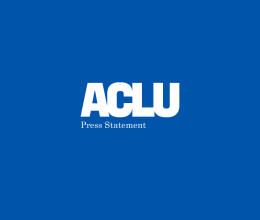
Representation Matters! Redistricting Toolkit for Community Organizers, Advocates, and Changemakers.
The idea of “one person, one vote” is one of democracy’s greatest strengths. At the voting booth, each person stands equal to the next, no matter what their background, no matter where they live, no matter how much money they make.
Our democracy, after all, is strongest when all voices are heard.
Key to achieving this democratic ideal is redistricting, or the redrawing of the districts that make up the legislative maps in Wyoming, a process that occurs every 10 years.
Redistricting is simple enough to grasp when you compare it to other things we replace every so often, like, say, an old car. When it just isn’t working like it used to or doesn’t meet your needs anymore, it’s time to think about getting a new model.
Similarly, redistricting should lead to new and improved electoral maps that reflect the growth and demographic changes that Wyoming communities undergo with time. Every 10 years, after the U.S. Census determines how our communities have expanded and contracted, the Wyoming Legislature gets the task of redrawing fair maps that are inclusive of everyone.
Except it doesn’t always quite work that way, because, unfortunately, redistricting isn’t as easy as buying a new car.
When redistricting is done fairly, it accurately reflects population changes and racial diversity, and is used to equitably allocate representation our state legislature. When politicians use redistricting to manipulate the outcome of elections, however, it’s called gerrymandering — a practice that undermines democracy and stifles the voice of voters. And that happens more often than you might think.
But together, we can help make the process more fair and equitable for everyone.

